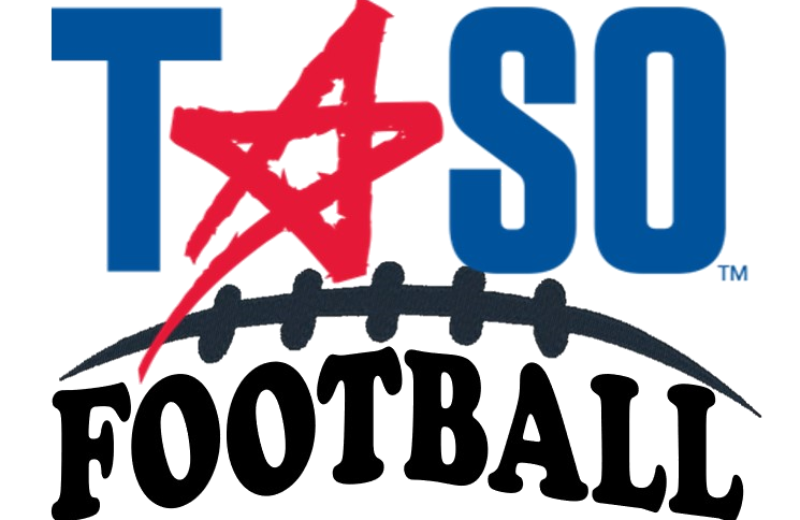
CRITICAL RULES FOR UMPIRES TO KNOW
The umpire is in charge of the line of scrimmage and all the action that takes place in and around it. There are some rules that are of particular importance to the official working that position.
Snap infractions.
Restrictions on the snapper begin when the ball is ready. The snapper may adjust the ball, but may not move it forward, fail to keep the long axis of the ball at a right angle to the line of scrimmage or simulate a snap. Once he touches the ball, he may remove both hands in NCAA. In NFHS, only one hand may be removed slowly (NFHS 7‑1‑6b; NCAA 7‑1‑5a‑1).
Play 1:
In a shotgun formation, after adjusting the ball, snapper A1 slowly rises and turns to communicate with the quarterback. In the process, he slowly removes both hands from the ball. Ruling 1: In NFHS, that’s a dead‑ball snap infraction, which carries a five‑yard penalty (7‑1‑3a). Legal in NCAA (7‑1‑3a‑3).
Play 2:
Center A1 snaps the ball to A2. The ball touches A2’s hands, but never leaves A1’s hands. A2 fakes having the ball and A3 cuts in, grabs the ball from A2 and runs. Ruling 2: Illegal snap, a dead‑ball foul. A snap must leave the snapper’s hands immediately. The penalty is five yards (NFHS 2‑40‑2; NCAA 2‑23‑1a).
Play 3:
When center A1 moves the ball, nose guard B2 slaps the ball out of A1’s hand, causing a loose ball. B3 recovers. A1’s movement of the ball was (a) forward, or (b) backward. Ruling 3: In both cases, the ball remains dead. It is an illegal snap in (a). In a legal snap, the ball must be moved backward. The penalty is five yards. In (b), B2 is guilty of encroachment (NFHS) or offside (NCAA).
Blocking zones.
In order to correctly judge the legality of the blocking they observe, umpires must be cognizant of blocking zones and where players are at the snap with respect to the zones. In NFHS, the free‑blocking zone is a rectangular area extending laterally four yards on either side of the snap and three yards behind each scrimmage line (2‑17‑1). The NCAA blocking zone is a rectangle centered on the middle lineman of the offensive formation and extending five yards laterally and three yards longitudinally in each direction (2‑3‑6a). For the rest of this column, those will be referred to simply as the “zone.”
In NFHS, blocking below the waist is permitted within the zone when all players involved in the blocking are on the line of scrimmage and in the zone at the snap, the contact is in the zone and the block is an immediate, initial action following the snap.
[Read More]

